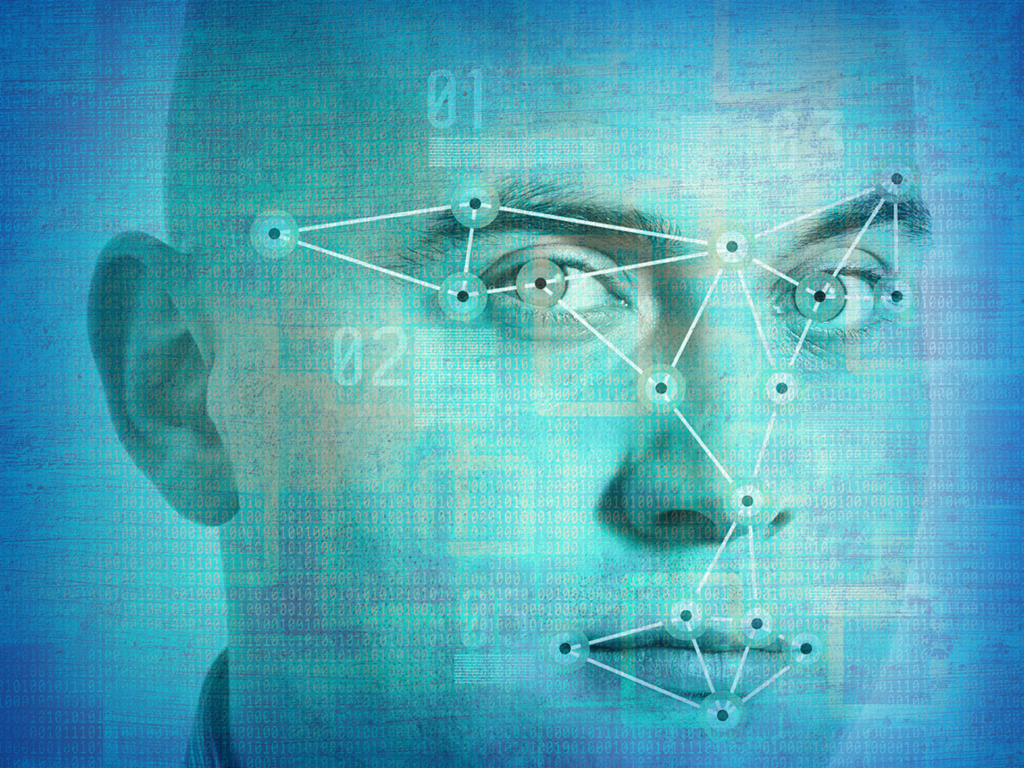“Picking out one out of a billion” is not just an expression for the NTechlab team. It takes less than one second for the system to find a person in a database of one billion photographs. Artem Kukharenko says: “We are the first ones to learn how to use large image databases efficiently.” He adds: “This plays a key role in solving real-life problems like finding a criminal in real-time or identifying a regular customer from store security cameras.”
Asides from the perfect database search function, the algorithm’s recognition accuracy is also quite high. The secret of these abilities are deep learning and neural network architecture. The laboratory states that it is crucial to understand how the accuracy rate is measured. Usually the accuracy rates are lower for larger image databases. Finding a person in a million is much harder than finding him in a hundred. In MegaFace Benchmark Championship, NTechlab reached 73% accuracy rate in a database of one million and 95% accuracy rate in a database of 10.000 images. For the comparison of two images with the intent of verification, the system works perfectly with 99% rate.
The heart and the brain of the system is neural network. The most difficult tasks AI systems encounter are the ones human brain can do with ease. Recognizing a human face in a crowd or identifying the gender of a dog are easy for us. Our decisions are determined by multiple factors and previous experiences. The neural networks used in the system are based on the same model. Various mixed signals are sent to the neuron. According to these signals, an output signal is formed. If the system makes an error, the formula tasked with weighting the input signals is corrected. Learning from the mistakes, raises the accuracy of the system. The interesting thing is that our brain makes the same calculations with a machine when we see a familiar face. The system uploads a unique image like the photo of a random passer-by to FindFace. First of all, the face in the photograph is identified instantly. Artem Kukharenko states that even if it seems weird, the process that is the most resource intensive is the face-recognition step. The team is now working on speeding up the algorithm and making it less resource intensive.
In the secong stage of recognition, it is necessary to build a feature vector through using a trained neural network. The feature vector consists of 80 numbers that contain information about the face. The numbers may be similar for the same person but can vary greatly for two different people. The search system is based on these differences. At this step of the recognition, the system must identify the constant information even under conditions like the person wearing glasses, having a beard or if there is a time gap of long years between two images.
The last stage involves searching the image database for this “face.” NTechlab development team needed efficient workstations for carrying out many studies and making calculations in order to build a search algorithm. Intel® Core™ i7 processors were chosen to help HTechlab design a truly efficient tool to make efficient searches of a large number of images. This way, if the database size is increased 10 times, the search time will only increase by 1,5x. The system offers a wide range of application choices from dating apps to government security systems. Products developed by NTechlab stand out in the security area, which is considered to be crucial. Existing systems offer solutions for photo comparison problems such as comparing a passport photograph to the images in an airport database. However, these systems are not sufficient enough to establish safety in large scales like for a whole town. NTechlab’s solution can process feed from thousands of surveillance cameras in real-time and detect criminals in a big city.
In retail sector, it is possible to use this system as a replacement to discount cards. It can easily record the feature vector of the customer by using his photograph. Later when the same customer enters the store, the security camera can identify the customer’s face. This method conveniently solves the problem of storing personal data and makes it unnecessary for the stores to keep information like name/last name and phone numbers. Entertainment sector has already implemented systems that can make visitor searches against photograph databases. The visitors send their selfies to the robot and the robot brings up all the photos these visitors are in. This system is quite useful in festivals, weddings and other similar activities. According to Artem, this system is currently being used with success in Alfa Future People Festival and a theme park in Australia.
NTechlab does not plan on settling with this success and they have already put a cloud based facial recognition system into service. Companies can upload a photograph database to the system and run searches in it. They can also implement this into their services. Soon, an SDK (software development kit) will be made available for third party developers and in a few months after that, a facial recognition system for factory security purposes will be online.
Currently, the lab is working on optimizing the algorithm and improving its accuracy rate. They are aiming to develop a module that will recognize the emotions in a photograph and distinguish between a real person and a photograph. In order for artificial intelligence to succeed, there needs to be continuous development.



